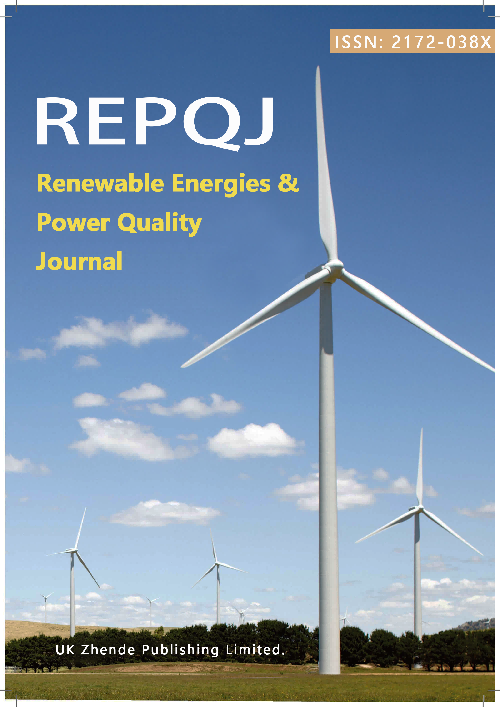Experimental Analysis and Modelling of an AEM Electrolyzer
DOI:
https://doi.org/10.52152/4544Keywords:
AEM electrolyzer, Green hydrogen, Renewable energy, modellingAbstract
Anion Exchange Membrane (AEM) electrolysis isa relatively recent technology that is gaining popularity due to its technical advantages over traditional alkaline electrolysis and its closer similarities to Proton Exchange Membrane (PEM) electrolysers. Both AEM and PEM technologies hold significant potential to address future integration challenges in renewable energy systems for green hydrogen production. However, research on AEM is still very limited. To address this issue, a comprehensive experimental analysis based on a variety of test scenarios has been conducted on a 2.2kW commercial AEM electrolyser. The proposed test benches cover a range of conditions, from steady-state operation at various power levels to demanding dynamic and transient scenarios, including photovoltaic energy tests. Furthermore, an experimentally validated Anion Exchange Membrane water electrolyser (AEMWE) model has been implemented to simulate the electrochemical properties under these test conditions. The proposed AEMWE electrochemical model integrates the stack voltage, hydrogen production and efficiency simulations based on a classical parametric approach on the MATLAB-Simulink software. Consequently, the proposed experimental analysis and model validation has the potential to successfully simulate and control green hydrogen production based on AEMWE technology under real-word conditions, thus providing greater clarity in this field.
Downloads
Published
Issue
Section
License
Copyright (c) 2025 A. Monterroso-Muñoz, E. López-González, M.A. Ridao, D. Tejada, A. Castro (Author)

This work is licensed under a Creative Commons Attribution 4.0 International License.











